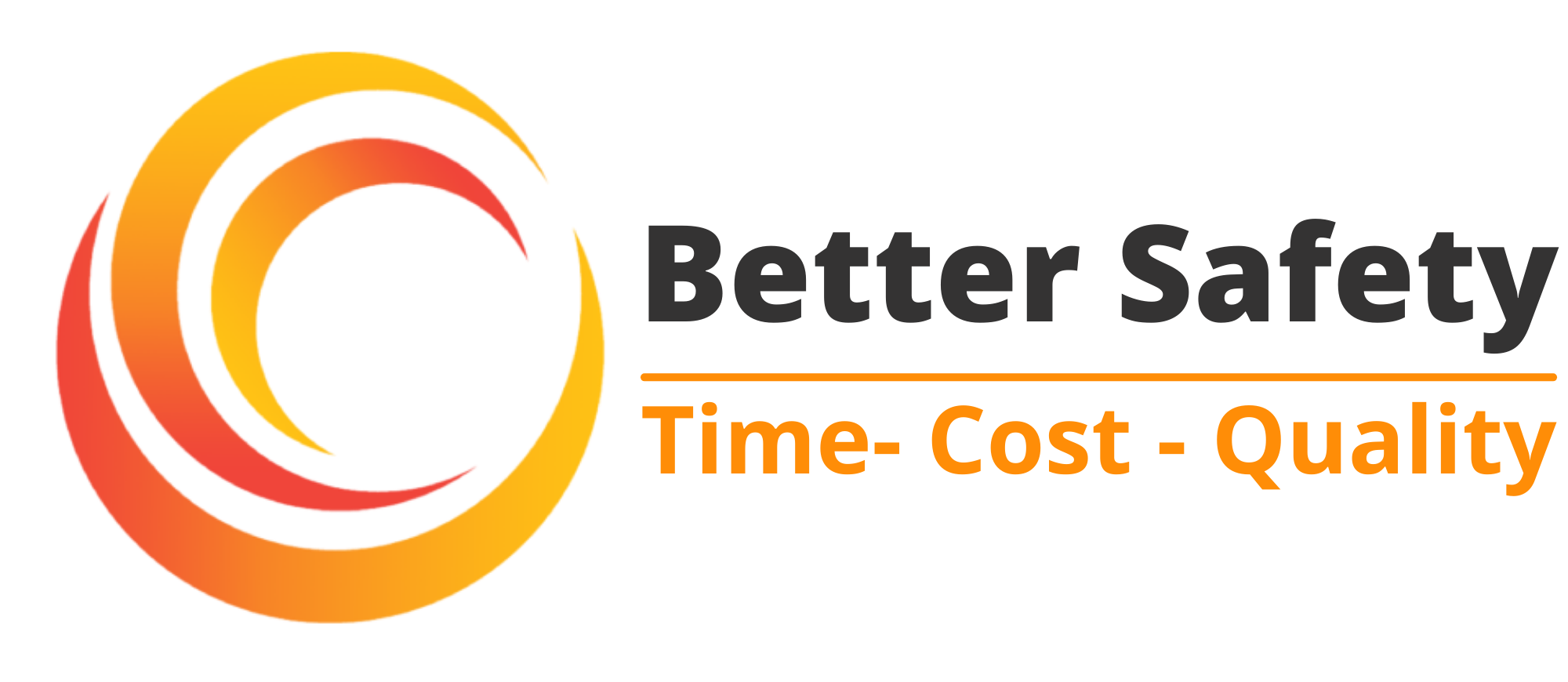Which category are you in?
Everything you need to know about CDM regulations (2015)
What is it?
The Construction (Design and Management) Regulations were bought into play in 1994 but the purpose has stayed the same, whichever your role, CDM aims to improve the Health, Safety, and Welfare of all construction projects. It defines responsibility according to each role.
Why is it important?
Health, Safety, and Design Management although important in any industry are all particularly important in the construction industry. Because of the CDM regulations, Health and safety are required to be considered during the planning stage so that any potential risks can be identified, minimized, or eliminated and therefore reducing the likelihood of any incidents or employees feeling mistreated on site.
Although a requirement, the benefits of good Health & safety management are beneficial to all parties.
Employees:
Workers feel well looked after, which creates a safe/ comfortable working environment.
Employees can trust that the right steps have been taken, so work is more enjoyable.
Less of an employee to employer gap, which permits workers to speak up about problems they are facing which not only allows the issue to be dealt with efficiently but again, enforces the safe company culture.
Employers:
Fewer injuries on-site, fewer illnesses, and as an after-effect of this, reduced employee turnover.
Clear guidelines make it easy for employers to follow regulations and have efficient planning in place.
Happy staff equals a happy employer.
Client:
People work better in a safe environment, in every way.
Less risk of lawsuits by following everything thing correctly.
A safe working environment alongside efficiency and quality enhances a client’s reputation making future work easy to obtain.
Don’t underestimate the power of staff feeling safe and respected at work, when people want to work, they put a lot more passion and care into the job they are doing.
If health and safety management is done correctly it is contagious, first infecting the workers and then continuing up the chain.
A lot of problems can be traced back to neglecting the level below so to speak. Health and safety focus fixes this problem by neutering all parties involved by neutering the base.
So, which role do you fall under and what are your responsibilities?
Client: ensure you have a designer and contractor and that they have done their due diligence before the project is even approved
The client ensures the planning is done and that each party has enough time to plan. Clients' duties are to ensure effective health and safety management of the project is put in place, supply pre-construction info to the other parties involved (designers and constructors), appoint the principal designer and the principal constructor, and have it in writing. Notification of the project (if necessary), confirm phase plan (the parties have done the work), verify the principal designer and the principal constructor perform their duties and maintain a health and safety file.
(Client's duties automatically taken over by contractor in domestic unless otherwise noted).
Principle designer: appointed in writing by client.
Control over the pre-construction phase, distribute information of the pre-construction phase to relevant parties, ensuring the designs and designers comply with the general principles of prevention.
Designer: consider the health and safety risks are considered before production begins, identify, minimize and eliminate any potential risks
Ensure client is aware of their duties, try to eliminate or reduce risk, provide information.
Principle contractor: appointment in writing by client
Prepare monitor and emend as necessary the construction phase plan, manage health and saftey of the construction phase, ensuring all contractors manage their own work and are coordinated, collect health and safety file information from other contractors to then pass onto the principal designer.
Contractor: must have a construction phase plan drawn up before the project begins. This should reflect the size and nature of the job so small tasks only need a simple plan.
Ensure client is aware of their duties, construction phase plan, or review principal constructors plan, manage health and safety, supply welfare facilities, follow the relevant requirements for site health and safety, provide information for the health and safety file.
Whatever your role in construction, CDM 2015 aims to improve health and safety in the industry by helping you to:
Logically plan work, so the risks involved are managed from start to finish.
Make sure the right people are doing the right job at the right time.
Coordinate and share your work with others.
Make sure you have the right information about the risks, and how you plan to manage them.
Communicate the above information effectively to everyone that needs to know.
Consult and engage with workers about the risks and how they are being managed to ensure that there is no confusion.
Provide information about the building for its whole life use.
HSE L153 (reference for managing health and safety in construction)
Still not sure about CDM?
Or call us on 0330 0948 848





